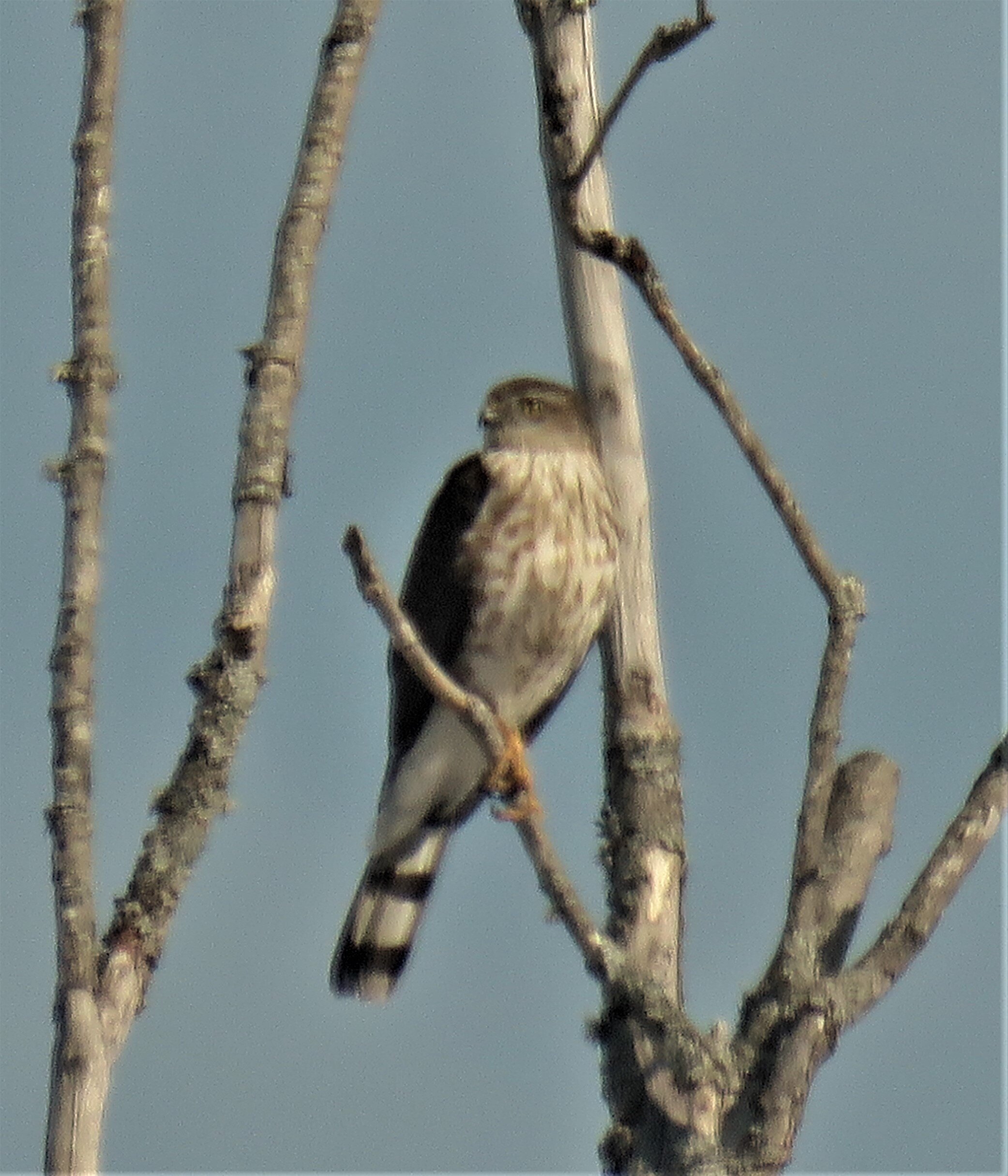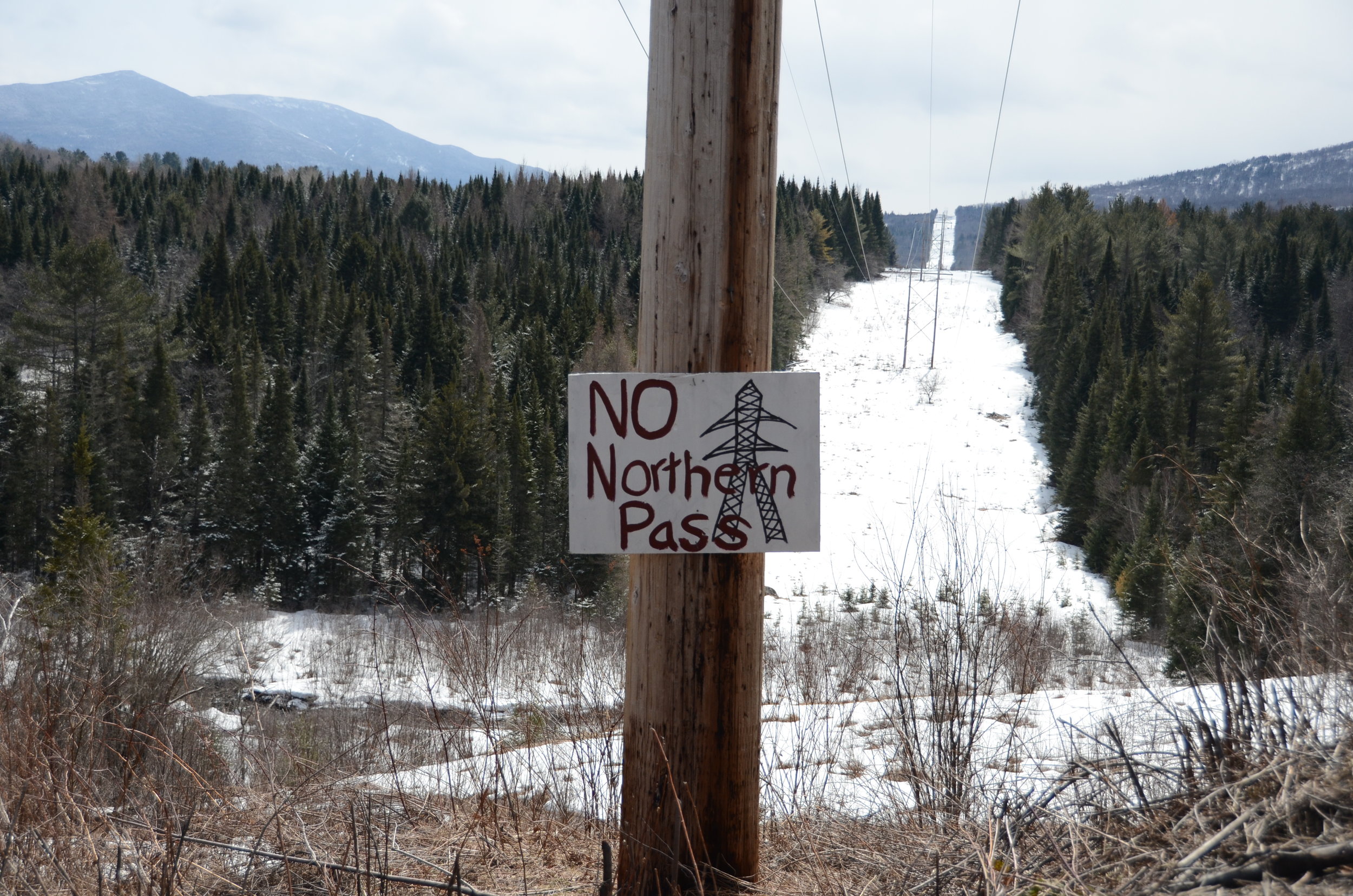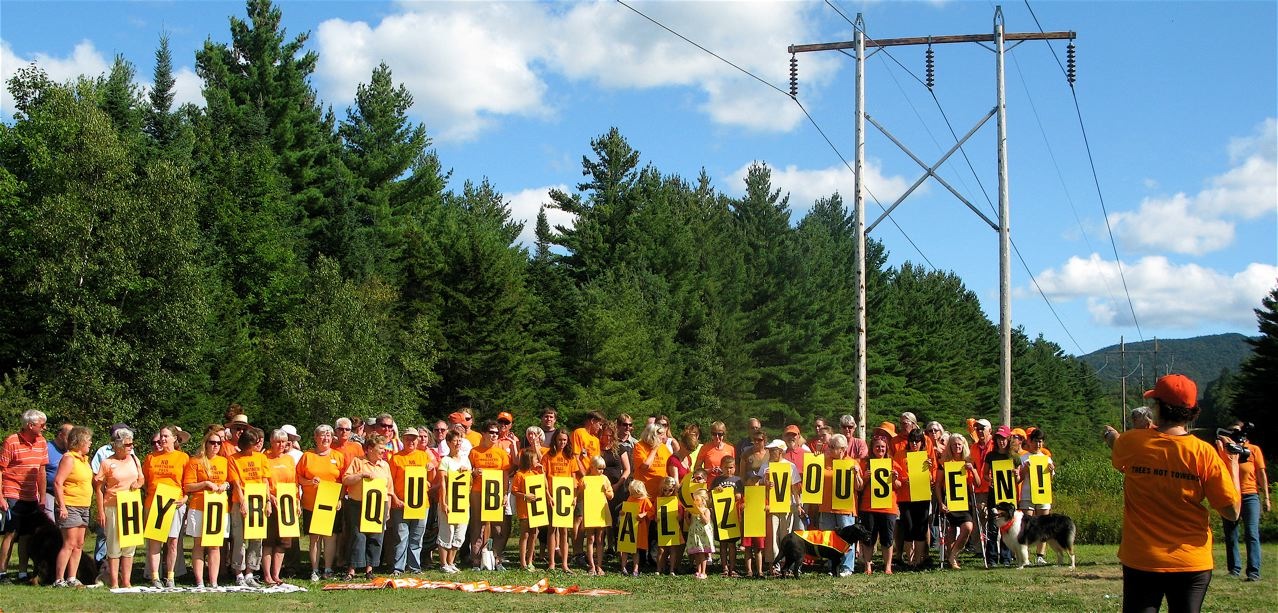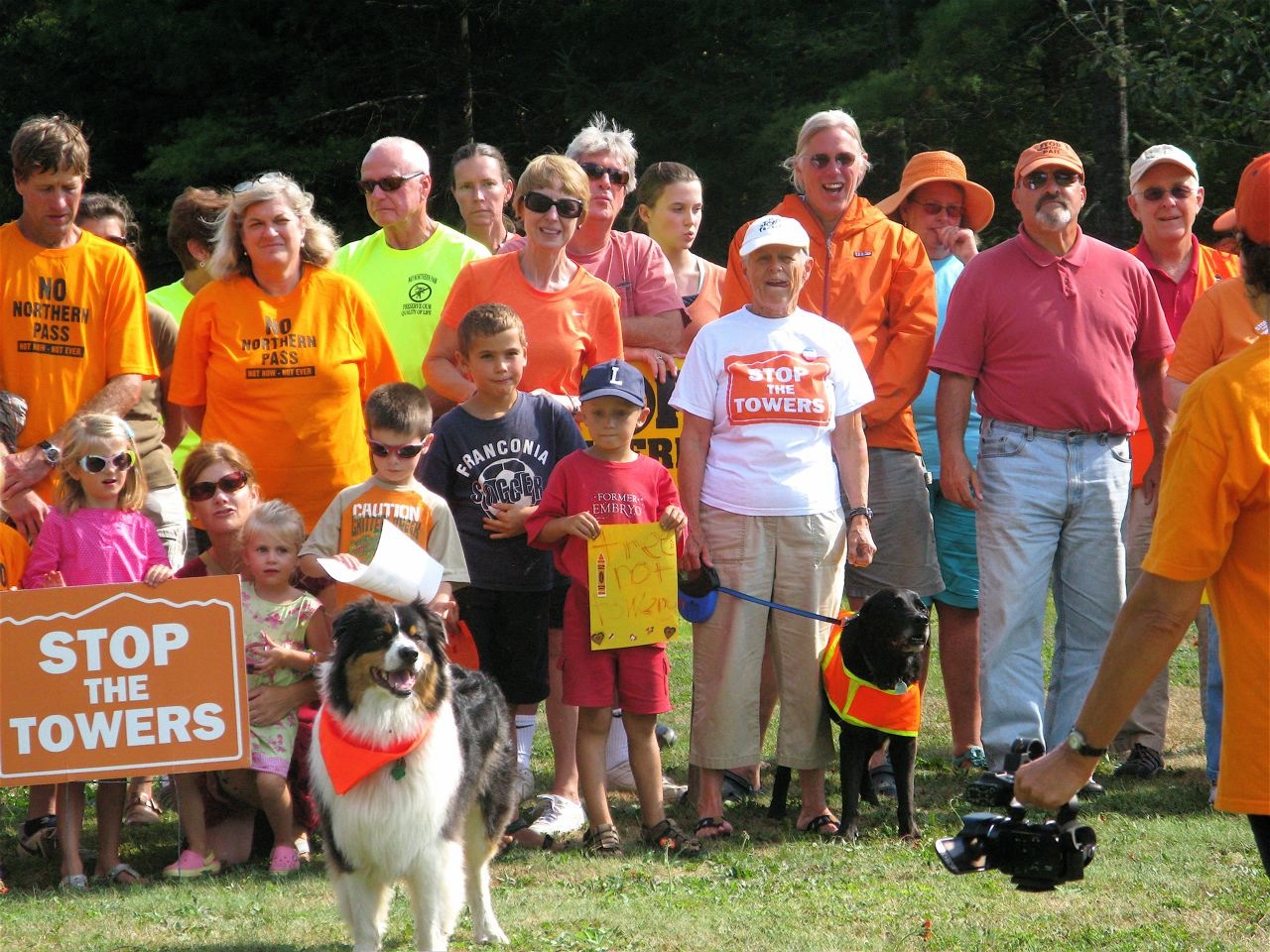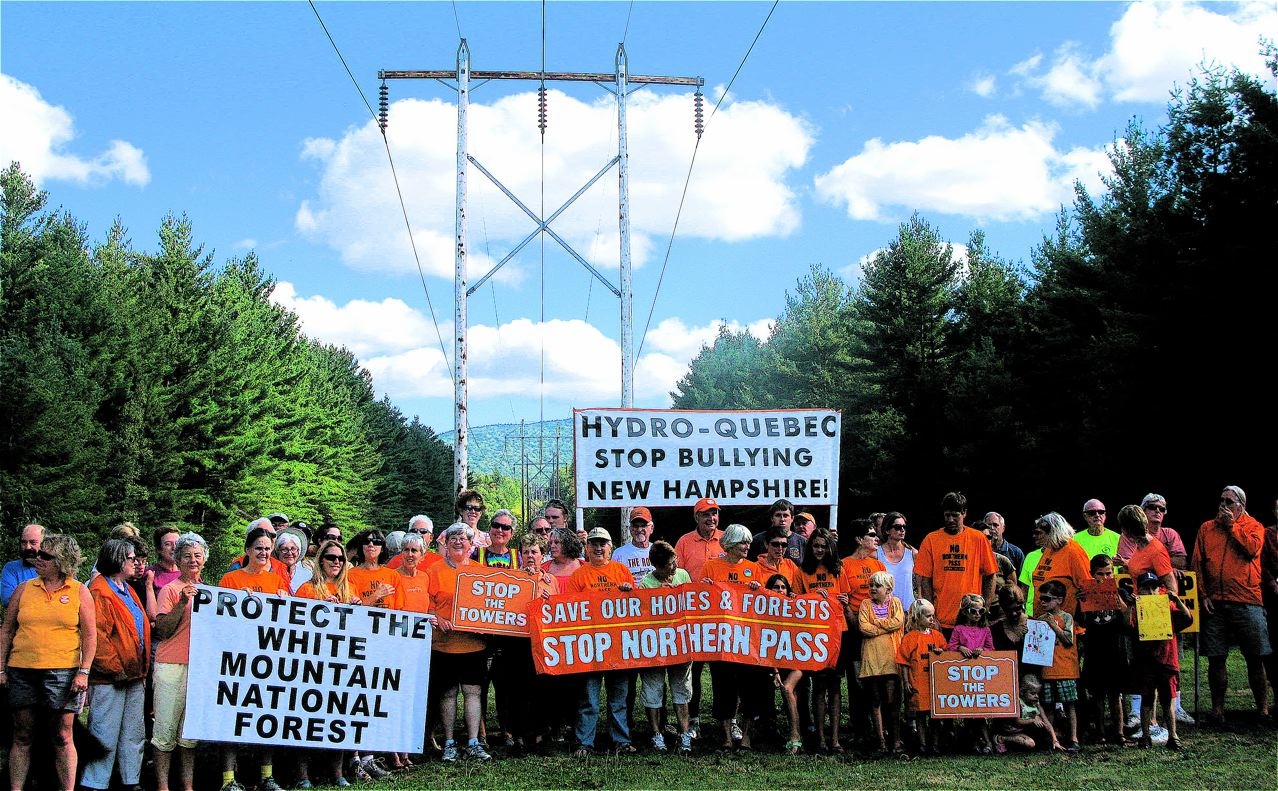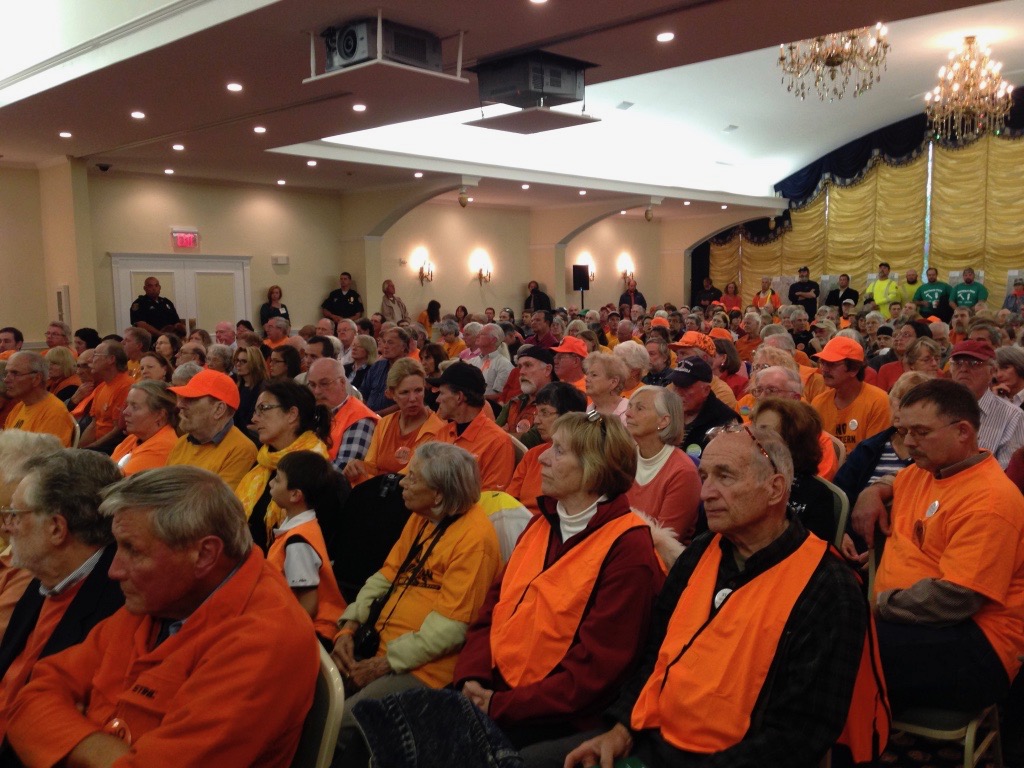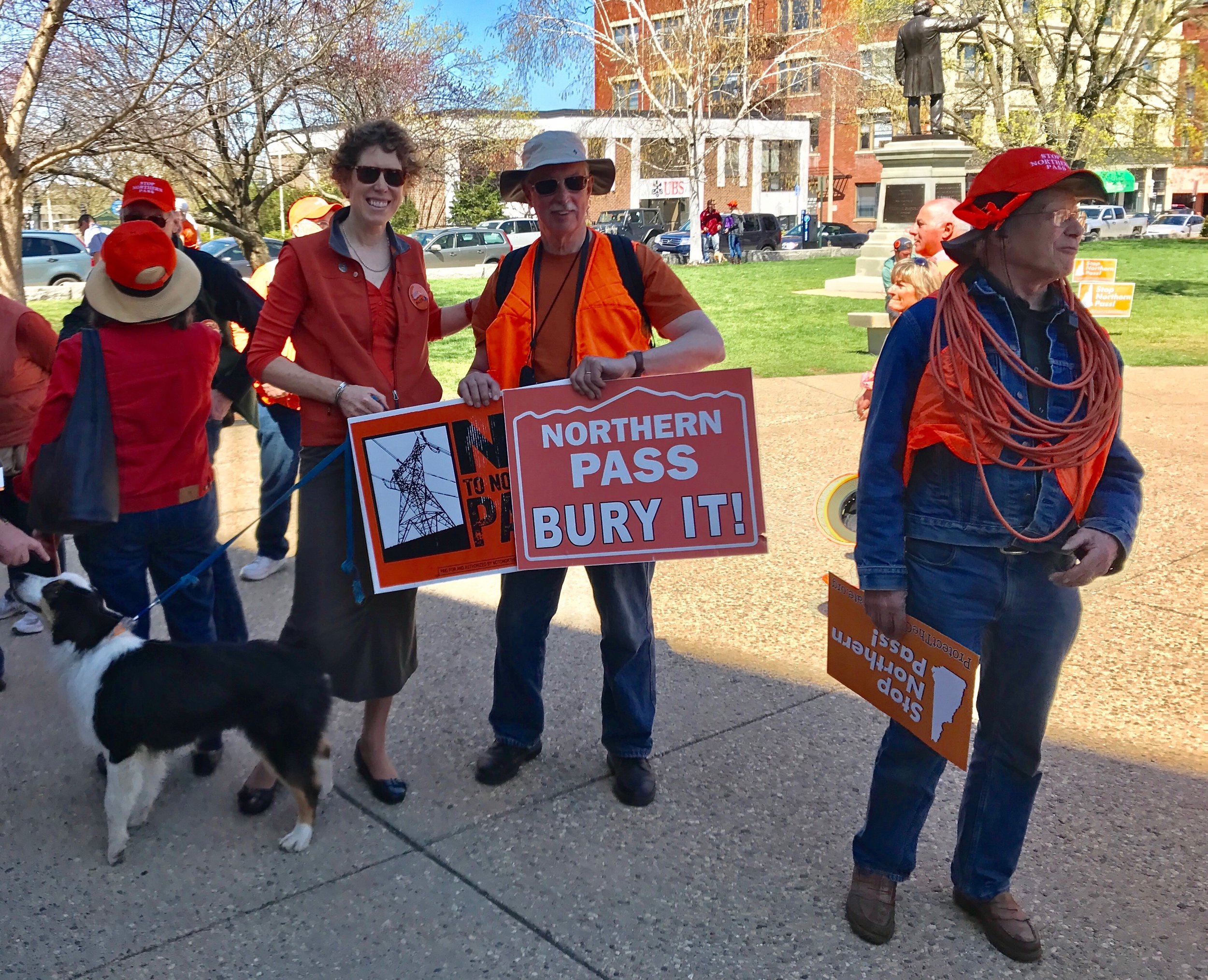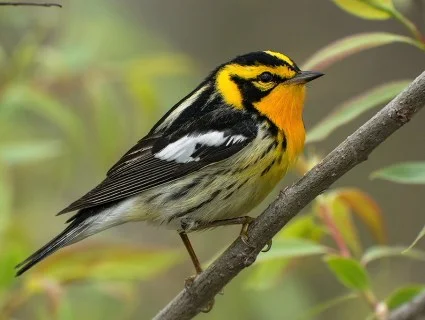Spring!
Late May and Early June
Phenology – “a branch of science concerned with the relationship between climate and periodic biological phenomena (as the migration of birds or the flowering and fruiting of plants).
“Spring - Finally!” Enough of the harbingers of spring. Woodcock came and called in late March, but snow continued to fall. Wood frogs came in April, partied for a couple of days in the pond, then returned to their warmer lodgings somewhere out of sight in the woods. A couple of bluebirds and a cardinal showed up, checked out the feeder and the bird houses, but they too decided not to stay. But spring does come, eventually, sometimes preceded by mud season, and sometimes welcomed in by snow flurries. But the early flowers do bloom, the apple blossoms open up, the summer birds arrive, and finally, the trees leaf out.
Photos and text by Carl D. Martland, a founding member of ACT and a long-time resident of Sugar Hill. Quotations from his journals indicate the date of and the situation depicted in each photograph.
May 25, 2016. A chestnut-sided warbler shows why he deserves his name. Many species of warblers pass through our region in late May. Chestnut-sided warblers and common yellowthroats nest in the Upper Meadow, and black-throated green warblers, black and white warblers, and ovenbirds can be heard in the forests.
For a few days, we bask in the sun, work in our gardens, clean up our yards, and enjoy putting away our Long Johns and turning off the heat. And then we remember who else enjoys spring: ticks and black flies, meddlesome little creatures that may help prevent humans from overrunning the North Country. A few black fly bites? No problem, we’ve got plenty of repellent leftover from last year. A single tick crawling up my leg? No big deal; I once found dozens on my blue jeans after a couple of hours in the woods.
May 29, 2007, 80 degrees, clear to partly cloudy, beautiful. I went to inspect the Lower 40. The usual spring flowers were on display in abundance: starflower, foam flower, wild strawberry, violets (especially abundant at the main junction), bunchberry dogwood. There were only a few lady slippers, but it’s still early. There were 12 trillium by Two-Stump and four more along the trail to the next fir grove. When I got back, I discovered 28 ticks on me: 2 on my body, and 26 on my clothes, including 7 on the outside crotch of my jeans.
And, of course, other animals are up and about. We learned long ago why we have to bring in our bird feeder before the end of May:
June 8, 2001: I heard something in the backyard about 9 pm; I went out and heard the bear moving through the brush toward the road. The bear had pulled down the bird feeder.
First Flowers
Trout lilies are among the early flowers known as “spring ephemerals,” because they thrive on the forest floor for a few weeks before the leaves block the sunlight. Dozens are found, only a few inches tall, along moist areas near the little stream that feeds our pond. If you take a walk in the woods in late May, you’re likely to find plenty of these flowers, along with starflower, wild lily of the valley, trillium, and lady slippers.
May 18, 2016 - A Spring Azure butterfly lands on one of the early blooming trout lilies.
Other ephemerals are less noticeable but no less interesting. The brown flower streaked with green helps Jack-in-the-pulpit to meld into any ragged area where grasses, vines, and young shrubs are struggling to emerge. Though easy to miss and seldom found in abundance, they can often be found year after year in the same spot. Other early flowers can be found in the meadows and along the roadsides, including some that may easily be overlooked, such as the delightful blue-eyed grass, whose single flower stands atop what looks like a foot-tall blade of grass. Although the flower is less than an inch across, its colorful petals and yellow eye reward a close inspection.
June 2, 2020 (left) - A Jack-in-the Pulpit blooming right next to our back door, a spot where one has bloomed many prior years.
June 10, 2020 (right) - Blue-eyed grass grows along grassy trails on the dam and in the meadows.
“June is Busting Out All Over!”
In early May, we are happy to see a few colorful flowers as we walk through the awakening woods, but we eagerly await the brilliant floral displays about to unfold. Late May is “Apple Blossom Time”, a time when the apple trees that have volunteered in the old fields provide a treat not found in an orchard because the blossoms on nearby trees can have markedly different shades of red, pink, and white.
May 27, 2020 (above left) - one of our volunteer apple trees features deep red buds and blossoms, a feature that more than makes up for its pitifully small fruits.
May 23, 2016 (above right) - Apple blossoms are starting to be quite good, although only one tree is in full bloom, showing off its pure white blossoms in front of the screen house. The red apple tree has fewer than two dozen blossoms – but they are beautiful.
May 30, 2020, 75 degrees, partly cloudy (right) - A flock of a half dozen waxwings was in the apple trees before the solar array. More than one of them was eating the blossoms, one petal at a time.
By the time that the apple trees have lost their blossoms, lilacs provide new bursts of color by every oldfarm house in the North Country, and fields of lupine add a purple tinge to fields in Sugar Hill. Swallowtails can’t resist the lilacs, just as the many species of bees can’t get enough of the lupine.
June 11, 2018 - a half dozen swallowtails flitted from flower to flower in the lilac bushes in front of our house.
June 16, 2020 - lupin in full bloom attracts multicolored bees.
.
Amphibian Spring
Painted turtles love nothing better than basking in the sun, but always with an eye out for danger. As soon as they see me approaching, they slide back into the pond. In early June, the females leave the pond looking for a suitable spot to lay eggs.
May 17, 2020. Seven painted turtles basking at the point. The largest have shells nearly eight inches long.
June12, 2017 - She was just finishing up closing the hollow where she had laid her eggs.
By late May, the vernal pool is often home to hundreds of tiny tadpoles. Now we realize why the wood frogs and salamanders show up so soon after the ice melts – it is a race against time. The vernal pool will certainly dry up by August, but will there be enough rain to keep at least a few puddles well into June? As the pool shrinks from twenty to ten and then to five feet across, the tadpoles are forced into ever-smaller spaces, squirming against each other as they search for invisible bits of food.
May 30, 2018, 4-5pm, now warmed up to 80 degrees, still mostly sunny - The vernal pool has shrunk to about six feet in diameter. There are a hundred tadpoles, about a half inch long, but not grown enough to crawl out to dry land.
Many, but not all, years are as dry and dismal as 2018. Despite threats from various predators, swarms of young frogs or salamanders do emerge in years when timely rains keep refilling the vernal pool:
July 4, 2006, 80 degrees, hot-hazy-humid, but with a breeze - The vernal pool, as usual, was roiling as I approached, but this time I was more careful, got closer, and saw the 3-foot-long garter snake swimming away!
July 5, 2006, 80 degrees, partly cloudy, drier but still hazy -The vernal pool is still full, and I’m finally able to see the tadpoles clearly. They are about two inches long, half of which is tail. They have yellow stripes on their sides, which are visible when they climb out of the water onto leaves or twigs.
As the weather warms up, more frogs and toads show up around the pond. Toads come to the pond for a mating extravaganza that lasts only a couple of days. Males find a fine perch at the edge of the pond, blow up their cheeks, and somehow emit an extraordinary trill that may last for ten seconds. Green frogs are less ostentatious, as they are permanent summer residents. The largest ones find a suitable spot to sit, once in a while emitting a soft “plunk” and seldom getting aroused enough to move more than a few inches.
June 3, 2018, 130. The toad party continues, but not as actively as yesterday. I didn’t see any pairs or any eggs. While writing this note in my journal, one of our mergansers suddenly popped up right in front of me and right where I had just noted the swarm of wood frog tadpoles. It swam off, slowly, not at all spooked by me.
June 12, 2020, 1130. As I walked out to the Point, a green frog jumped about four feet from a hidden location near my chair to a lower spot two feet from the pond. A larger green frog ignored me, sitting motionless less than two feet away. After puffing up for a few uninspired “plunks,” it finally took an interest in the smaller frog. Would they fight? No, the big one simply ooched to within eight feet, stopped and starred, then moved in to four feet – and the smaller one immediately disappeared out of danger. A few minutes later, the big one jumped and caught an insect.
Baby Birds
Spring – time for birds to build a nest, lay eggs, feed the fledglings, and finally teach the juveniles how to fend for themselves.
May 23, 2016 - At 730am, I took a photo of a robin sitting in its nest, which was built this year on top of an old nest. When she flew off, I checked the nest and found one egg. By afternoon, there were two eggs. [Photo taken on May 28, 2016 shows the robin sitting on her eggs in her two-story nest.]
June 14, 2018, 230pm, 62 degrees, cloudy - Redwings have fledged, but they haven’t strayed far from their nest. I took a photo of one sitting in low lupin barely three feet away from where I was sitting. Right now, as I’m sitting here writing this note, daddy redwing is fidgeting all over me, and baby is chirping.
The hooded mergansers that helped break the ice in our pond back in April now proudly parade their ducklings around the pond. My notes suggest that two families may have merged in order to share their child care responsibilities:
May 16-17, 2020. Blackflies abound. The mergansers have 7 ducklings (could it be that two females have a total of seven?) One of them leads them all around the pond.
May 20, 2020, 74 degrees, breeze, no clouds, 3 pm. Two hooded merganser females and seven ducklings in the pond today. At first, I thought that one of the females was an interloper, as the other one clucked at her almost continuously while leaving the seven ducklings unguarded 25 feet away in the center of the deep end. But maybe not, as the two females both swam to our side of the Point, dove a couple of times, then flew back to the far end. One continued the clucking, then checked on the little ones.
May 29, 2020, 78 degrees, sunny, light breeze, lovely! A hooded merganser with seven ducklings is still in the pond.





























